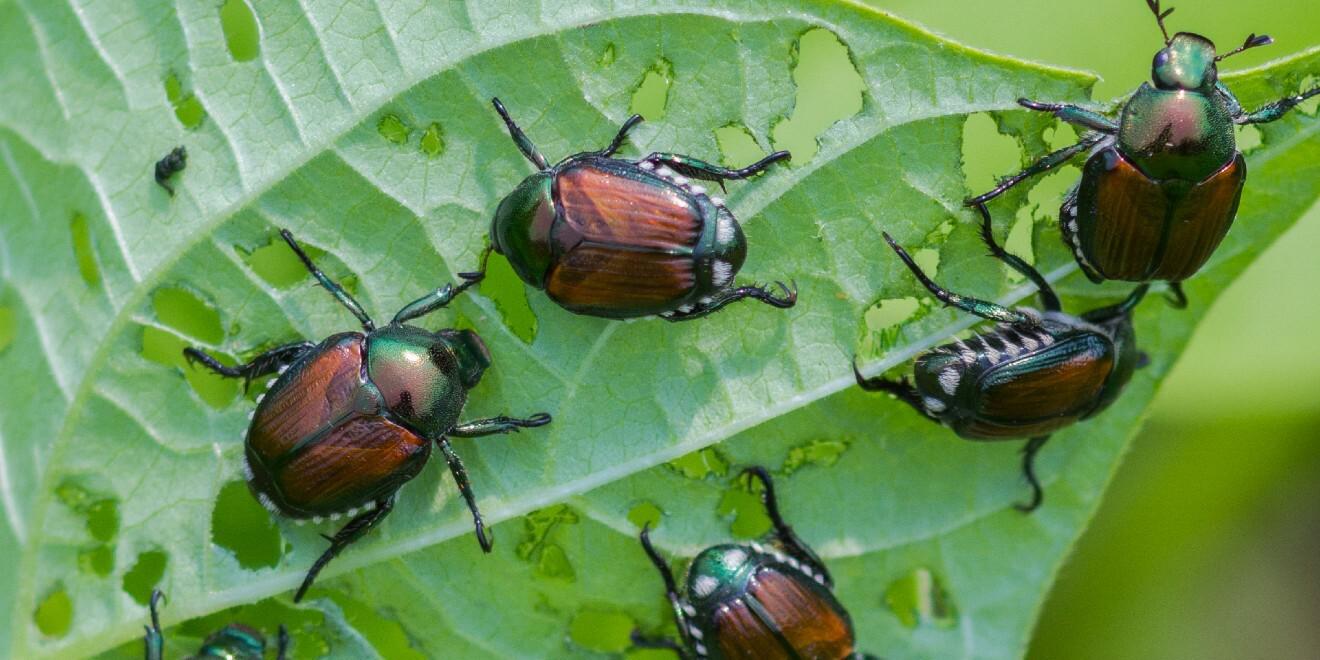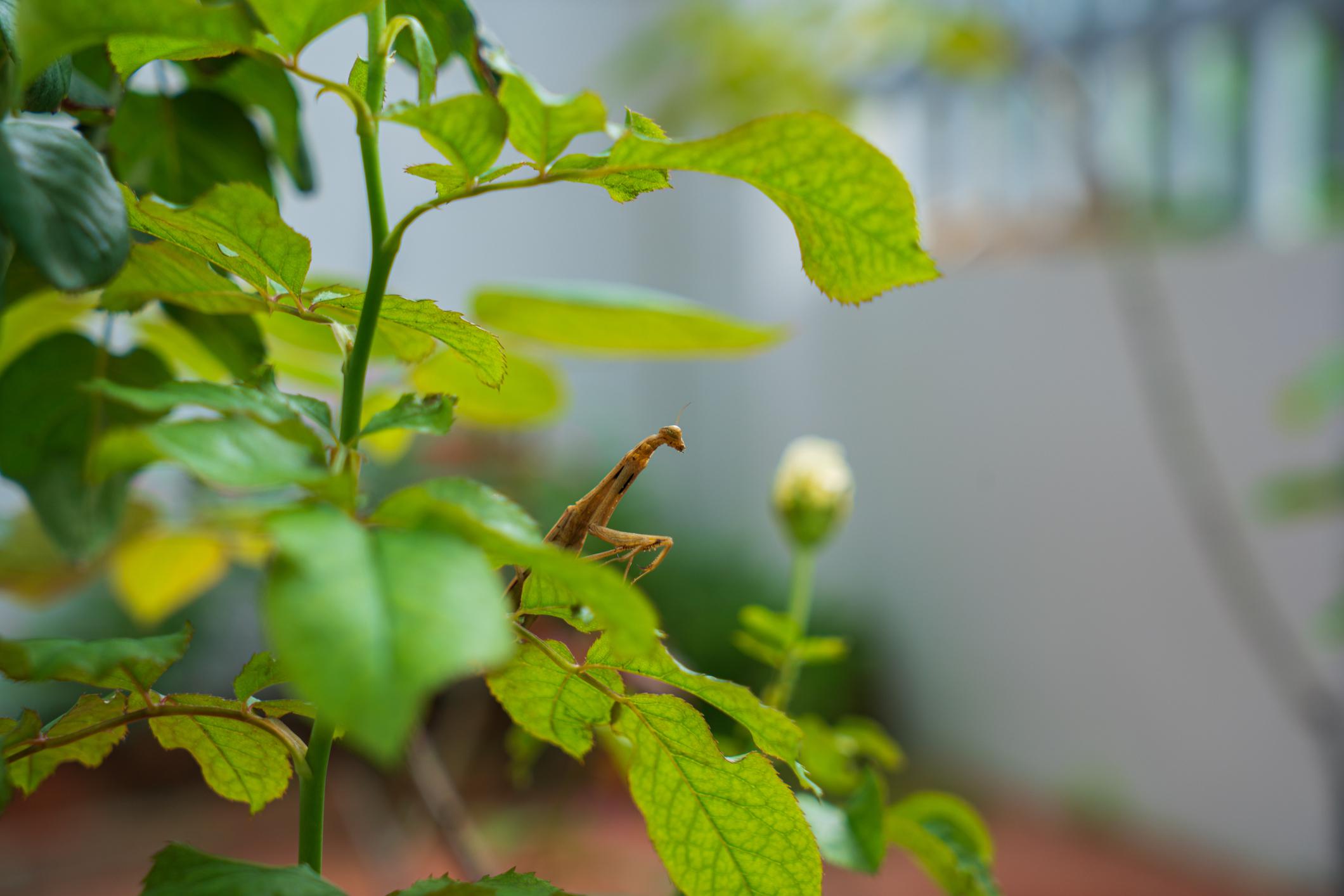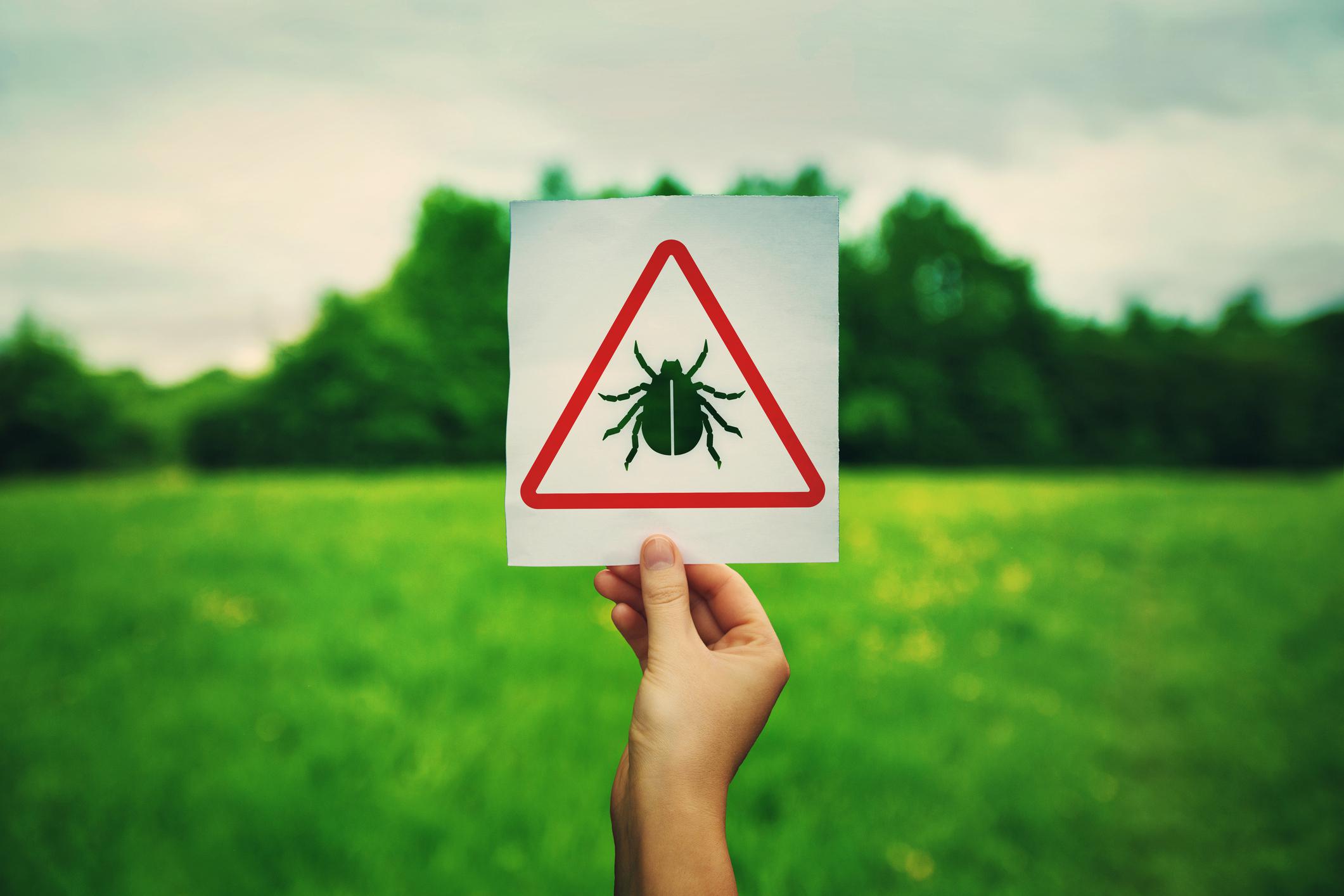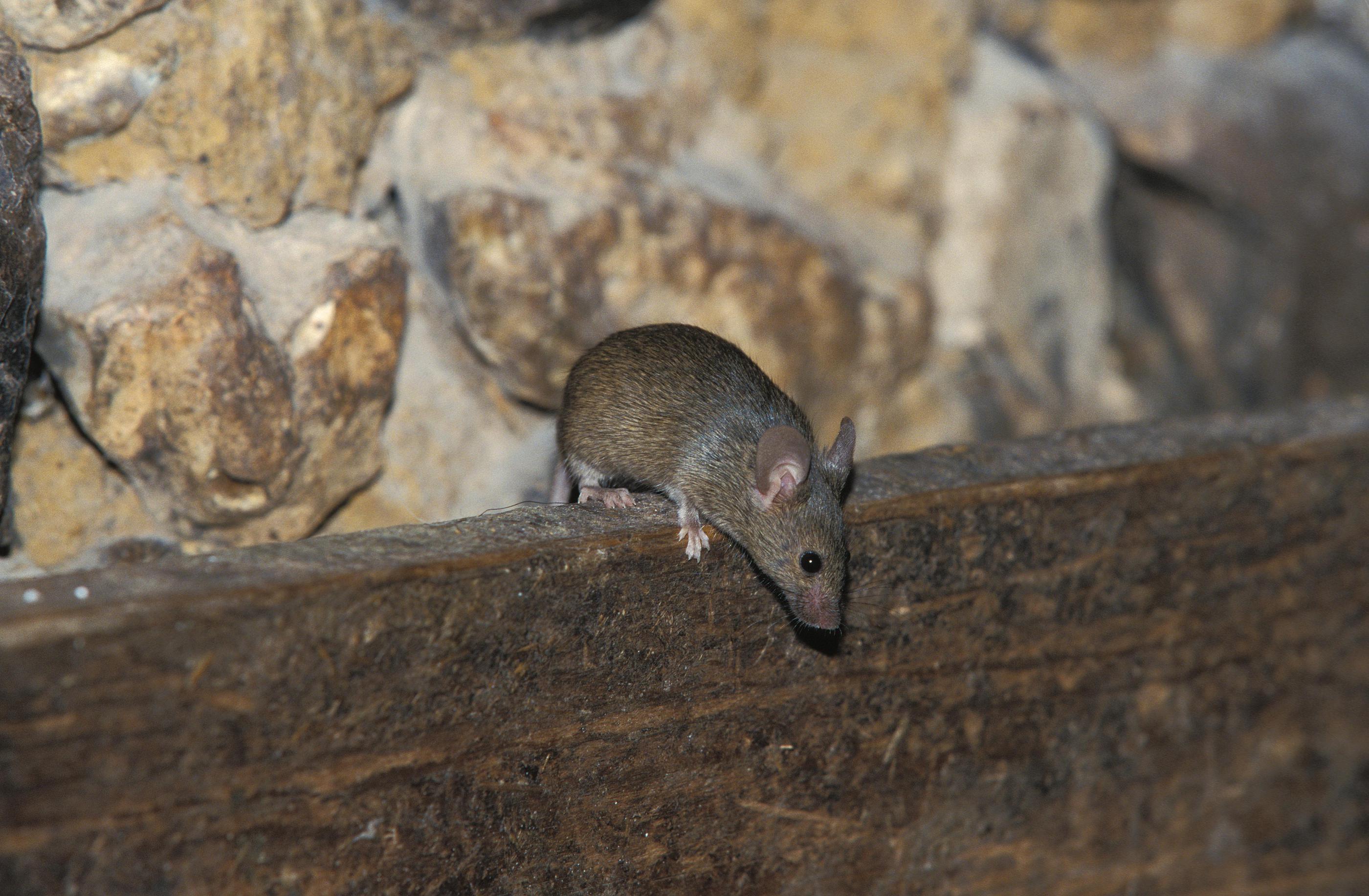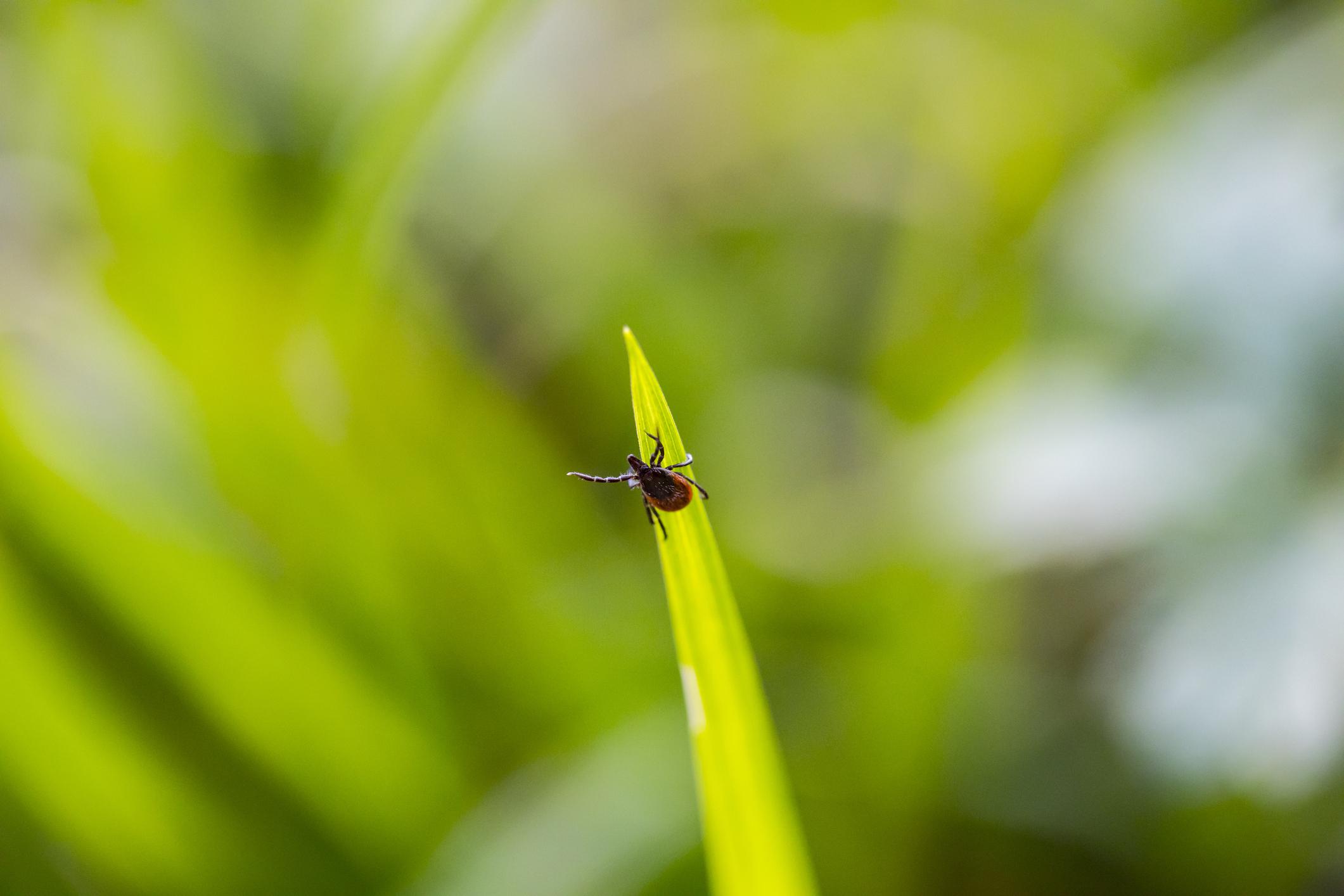Ticks in Massachusetts Will Do Anything but Jump to Get Their Next Blood Meal
Posted by Mosquito Squad
March 1, 2019
Deer ticks are fascinatingly smart about how they find their next food source. They don’t crawl into your Central Mass home, sneak into your bed and wait for you at night. They don’t climb above your swing set and jump on your children’s heads as they swing. And they don’t jump from trees or vegetation if you walk near them. Ticks waste no energy, but lay in wait for the perfect host to just brush on by them.
What is questing?
Questing is what a tick does when it needs a new host for its next blood meal. The deer tick will climb to the very tip of a blade of grass, a leaf of a shrub or a plant stem. Hanging on with their third and fourth pairs of legs, the tick will stretch out its first pair waiting to grab onto any host that brushes by. When this happens they use those front legs to grab ahold. Once there, they quickly climb upwards to find a dark, moist hidden place to latch on for a blood meal.
How high do deer ticks quest?
In normal conditions a deer tick will climb vegetation that is the perfect height to grab a hold of the host they are after. For instance, when a tick is in the larva stage they prefer small rodents and will choose to quest in the low vegetation and underbrush where those critters have left evidence of past travels. Nymph (teenage) and adult ticks will find taller vegetation, up to knee height so that they can grab a hold of bigger mammals and human hosts who brush by. Ticks do not normally climb higher than knee height, nor do they jump down on your head from a tree branch. The reason you find a tick on your head or neck is either 1.) you were bent down, sitting or lying in a place where they were able to climb on or 2.) (most likely) they latched on at knee level or lower and quickly climbed upward.
Unpredictable tick infestation behavior
While ticks normally do prefer cool shady places that are low to the ground for their questing, there are some definite variations in their behavior. When ticks get to the infestation levels they are currently at in Central Massachusetts some abnormal questing behavior can be observed. We’ve seen ticks on hot black top in the blazing sun, we’ve seen them climbing up the side of a house and will continue to see these abnormalities as long as the tick population remains at this high infestation level.
The good news is ticks won’t live long out in the sun where the humidity is low. The bad news is they might find their way to you in unpredictable new ways. Finding you means biting you, and that could result in Lyme Disease. Eliminating ticks on your property to lower your exposure is the best way to protect your family and pets from dangerous tick-borne disease and tick bites.
With our traditional barrier treatment we eliminate ticks and mosquitoes on contact. With the addition of our tick tubes we can interrupt the tick life cycle by eliminating tick nymphs before they become adults looking for a deer or human host.


